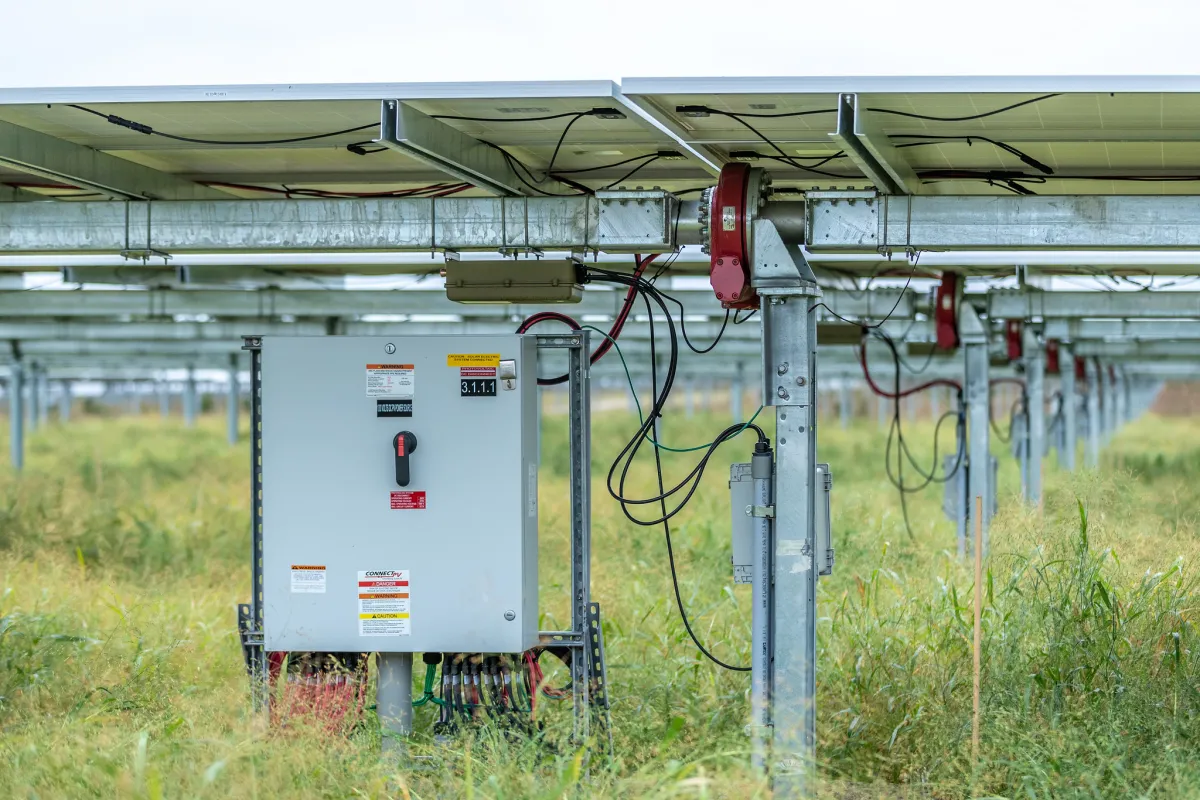
Minnesota solar developers frustrated with the process of connecting projects to the electric grid will soon have a new place to turn to answer questions and resolve disputes.
State lawmakers recently passed legislation calling on the state Public Utilities Commission to hire an interconnection ombudsperson to provide clean energy companies with information, guidance, and mediation on connecting projects of 10 megawatts and less to the grid.
The legislation follows years of complaints by solar companies about disputes with utilities, Xcel Energy in particular, that have contributed to years-long delays for some projects to connect.
“We hope that we can create a role dedicated to understanding the entire interconnection process and help manage those disagreements when they arise,” said Logan O’Grady, executive director of the Minnesota Solar Energy Industries Association.
The legislation says the ombudsperson will track disputes and serve as a mediator between customers and investor-owned utilities. They will be expected to review policies, convene stakeholder groups, and assess ways to reduce conflicts.
O’Grady said customers, installers, and developers could contact the ombudsperson for assistance on issues involving rooftop, commercial, or community solar projects.
The ombudsperson would not eliminate the state’s existing dispute process for interconnection issues, which can take over a month and require mediation if unresolved issues remain.
O’Grady said he hopes having an interconnection ombudsperson will more efficiently resolve some disputes and provide a new option for developers that haven’t wanted to deal with the time and attention required to file a formal complaint.
Solar developers’ complaints have varied, but some involve inaccurate information leading to “weeks of back and forth to get clarity on a simple misunderstanding,” O’Grady said. The hope is that an ombudsperson with experience in the industry could more efficiently answer those questions or know who to contact in utilities to provide guidance.
State Rep. Patty Acomb, a suburban Democrat and chair of Climate and Energy Finance and Policy committee, said the ombudsperson’s work is less likely to draw skepticism because it comes from an independent source.
Solar company leaders support the new position. Bobby King, Minnesota program director for Solar United Neighbors, said the ombudsperson could “centralize” information, advocate for interconnection, create solutions to improve the process and avoid litigation. “I think it’s a positive step in the right direction,” King said.
Michael Allen, CEO of All Energy Solar, said the ombudsperson would provide “unbiased information” to the Commerce Department, the Public Utilities Commission, installers, and utilities. He also believes an ombudsperson could reduce the number of disputes that reach the Public Utilities Commission.
Marty Morud, CEO and owner of TruNorth Solar, said he’d had few issues with Xcel but sees an ombudsperson as a source for helping move utilities to respond if installer emails and phone calls go unanswered.
More than a dozen states already have positions similar to interconnection ombudspersons, including California, Massachusetts and New York. Sky Stanfield, a lawyer who works with the Interstate Renewable Energy Council, said states approach the ombudsperson differently, not all requiring them to have the technical skills Minnesota seeks.
She said that having someone see all the disputes and detect patterns could also help the Public Utilities Commission target rulemaking in problem areas.
“I do think having a person whose job is to stay up to date on what is happening seems to me like a positive step,” Stanfield said.
To be effective, the ombudsperson must be “empowered” by the Public Utilities Commission and accepted as an objective mediator by utilities and clean energy developers, she said.
The Legislature created an initial $150,000 budget. The ombudsperson position, which has not been posted, is expected to be filled later this year.